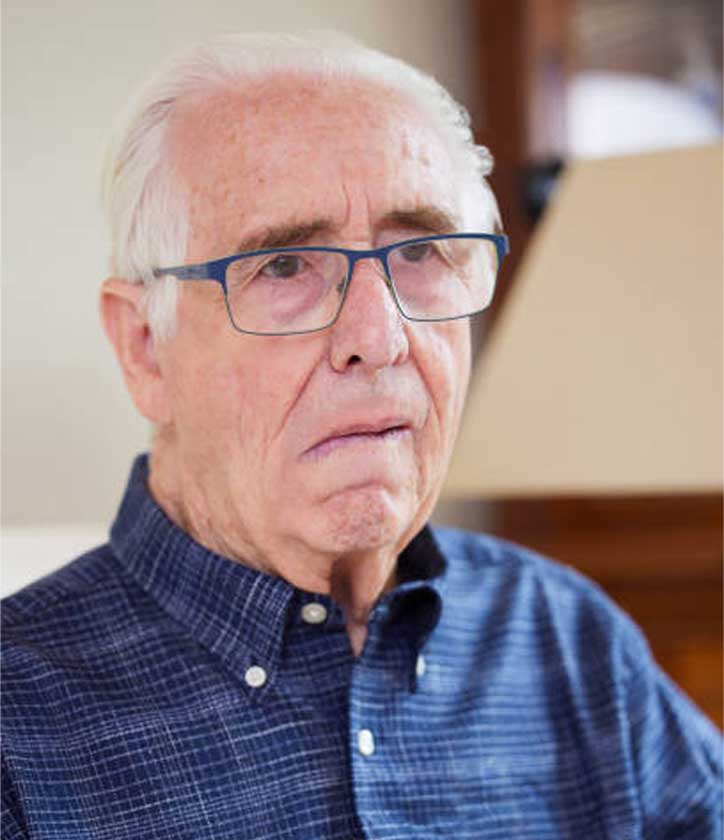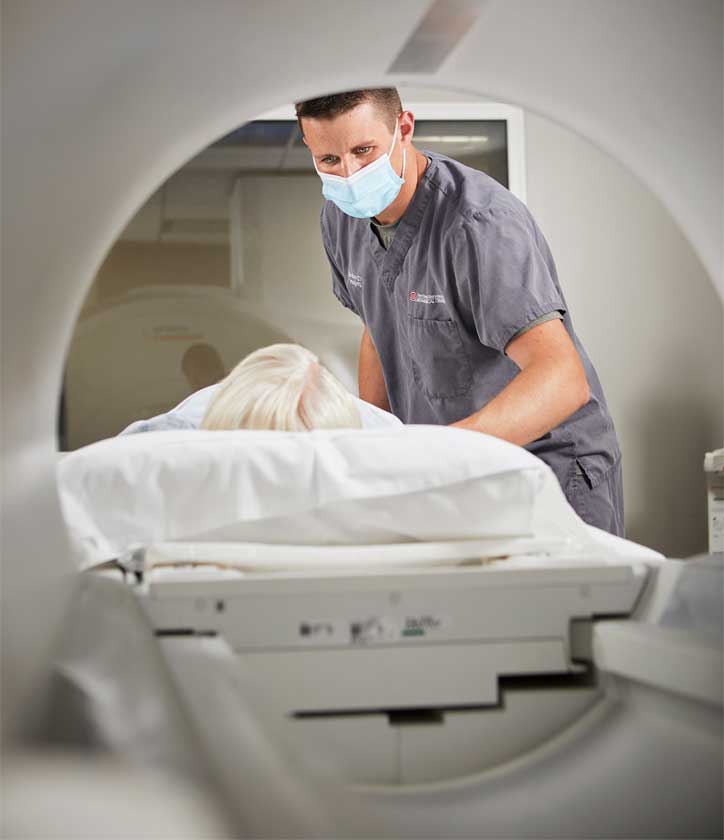 Stroke symptoms often appear suddenly, with little warning.
Stroke symptoms often appear suddenly, with little warning.
Some are more obvious than others, and they vary from person to person as a stroke can affect different parts of the body depending on what part of the brain is being deprived of oxygen.
What type of stroke you’re experiencing — whether an ischemic one (blocked blood vessel) or a hemorrhagic event (leaking or bursting blood vessel) — also plays a role in possible symptoms you may feel.
Recognizing signs of stroke early is important. The quicker you can get to a medical center that specializes in stroke care, like the Ohio State Comprehensive Stroke Center, the better the chance there is to prevent permanent disability and reduce recovery time following a stroke.
What are the symptoms of a stroke?
Matthew Gusler, DO, a vascular neurologist at The Ohio State University Wexner Medical Center, describes the symptoms of a stroke, which include weakness in the arms or legs as well as problems with sensation, language, speech, vision and balance. While men and women have the same classic symptoms, women may be more likely to have nausea, loss of consciousness and confusion.
When it comes to stroke, it’s best to B.E.F.A.S.T.
When it comes to strokes, health care professionals encourage people to B.E.F.A.S.T. Not only does that phrase stress the need to react quickly, but it also reminds people of these early stroke symptoms:
- Balance problems
- Eye and vision problems
- Facial drooping
- Arm numbness or weakness
- Slurred speech
- Time to call 911
The most common stroke symptoms
 Common stroke symptoms include:
Common stroke symptoms include:
- Sudden numbness or weakness of the face, arm or leg (especially on one side of the body)
- Sudden confusion, trouble speaking or understanding speech
- Sudden trouble seeing in one or both eyes
- Sudden trouble walking, dizziness, loss of balance or coordination
- Sudden severe headache with no known cause
Other less common symptoms are:
- Sudden nausea or vomiting not caused by a viral illness
- Brief loss or change of consciousness, such as fainting, confusion, seizures or coma

An easy way to remember these symptoms and what to do — especially when you’re in a scary, stressful health situation like a stroke — is to B.E.F.A.S.T.
B.E.F.A.S.T. stands for:
- Balance problems
- Eye and vision issues
- Facial drooping
- Arm numbness or weakness
- Slurred speech
- Time to call 911
Am I having a stroke?
Experts at the Ohio State Wexner Medical Center urge people who are with someone experiencing a possible stroke to pay attention to when the symptoms began and to call 911 as soon as one or more of these symptoms is noticed. When you call 911, an ambulance is sent. Paramedics start treatment as soon as they arrive. Even if symptoms seem to disappear, it’s still important to be evaluated by a doctor.
Because time is so important when treating a possible stroke, care for it will begin even before you arrive at the Ohio State Wexner Medical Center. A stroke alert is called by the paramedics while the patient is being transported to our hospital.
That ensures the stroke team members, who are on-site around the clock, will be ready to evaluate you for a stroke from the moment you arrive at Ohio State.
Diagnosing a stroke
 Immediately upon arrival to the Ohio State Wexner Medical Center, you’ll receive a computed tomography (CT) scan, which will help doctors trained in stroke treatment to see bleeding in the brain or damaged brain cells.
Immediately upon arrival to the Ohio State Wexner Medical Center, you’ll receive a computed tomography (CT) scan, which will help doctors trained in stroke treatment to see bleeding in the brain or damaged brain cells.
Other diagnostic tests we use to verify a stroke include:
- CT angiography, which combines CT and a special dye to examine blood vessels and detect abnormalities in the brain
- CT perfusion scan, which uses dye and a series of CT images to determine blood flow to a region of the brain
- Magnetic resonance imaging (MRI), which can detect changes in brain tissue and damage to brain cells from a stroke
- MR perfusion scan, which can be performed with or without dye to provide a blood flow map of the brain
- CT arteriogram (CTA) and magnetic resonance arteriogram (MRA), which show the large blood vessels in the brain and may give us more information about the site of a blood clot and the flow of blood through your brain
- Cerebral angiography, a test that uses dye and special X-rays to show the insides of blood vessels in the neck and head
Tests to verify a stroke event will be performed in a matter of minutes to determine the best course of treatment to stop whatever is causing the stroke, stabilize symptoms and begin the road to recovery.
What is a silent stroke?
Sometimes people have strokes without realizing it. They’re called silent strokes. Either the stroke causes no noticeable symptoms, or you don’t remember them.
Still, they can cause permanent damage to your brain.
If you’ve had more than one silent stroke, you may experience thinking and memory problems. You could be at a greater risk for having another, more serious stroke.
The only way to know if you’ve had a silent stroke is with a brain scan. A study of adults with no apparent stroke history found that 10% had stroke damage.
Talk to your doctor if you have memory issues or think you may have had a silent stroke.


